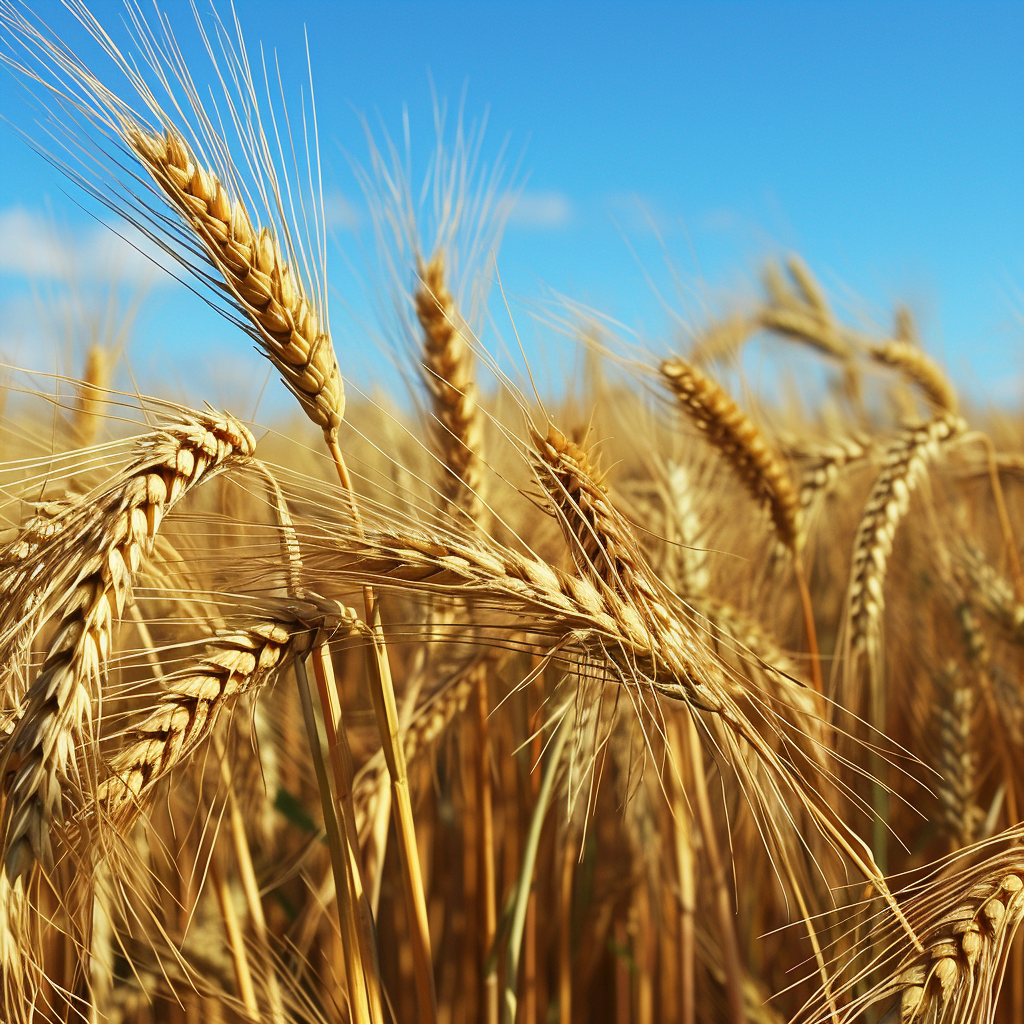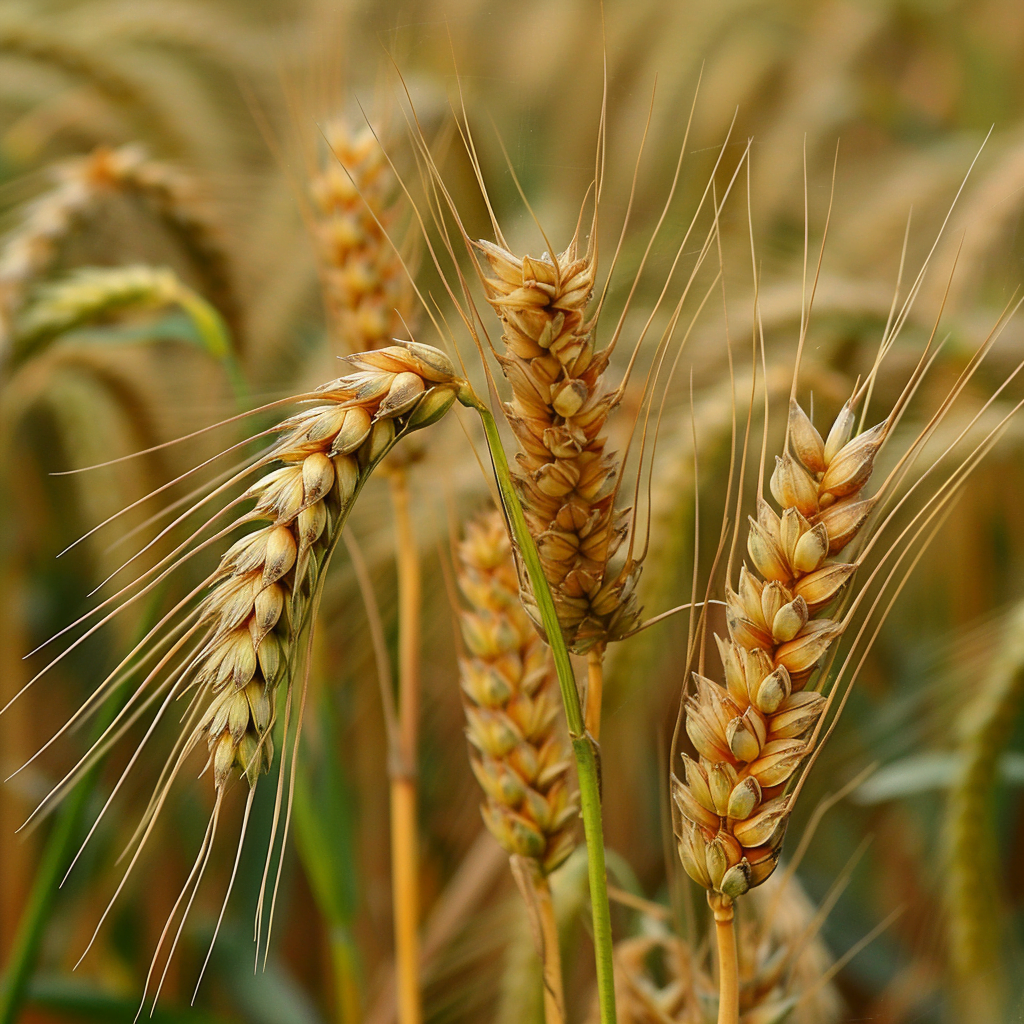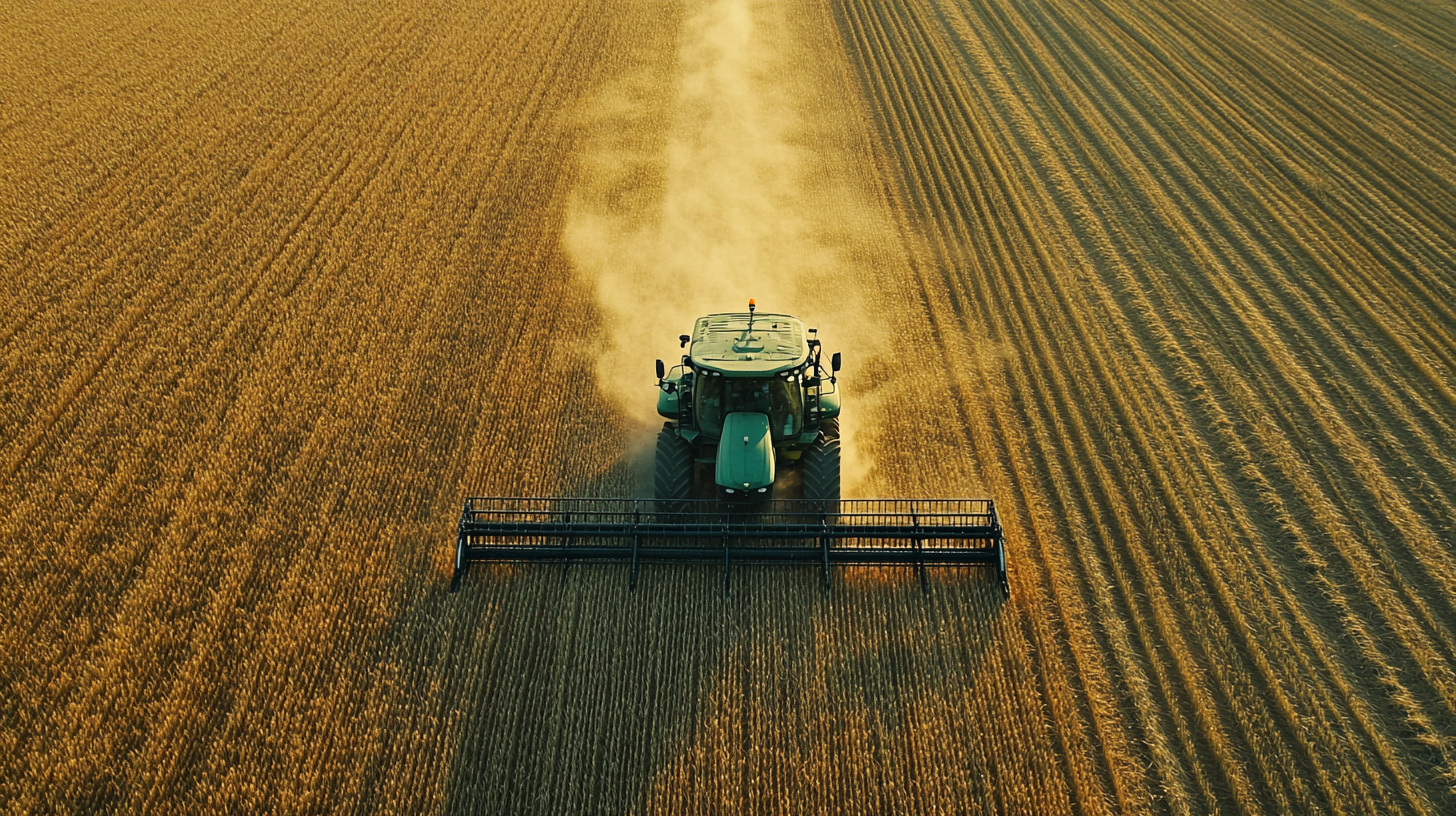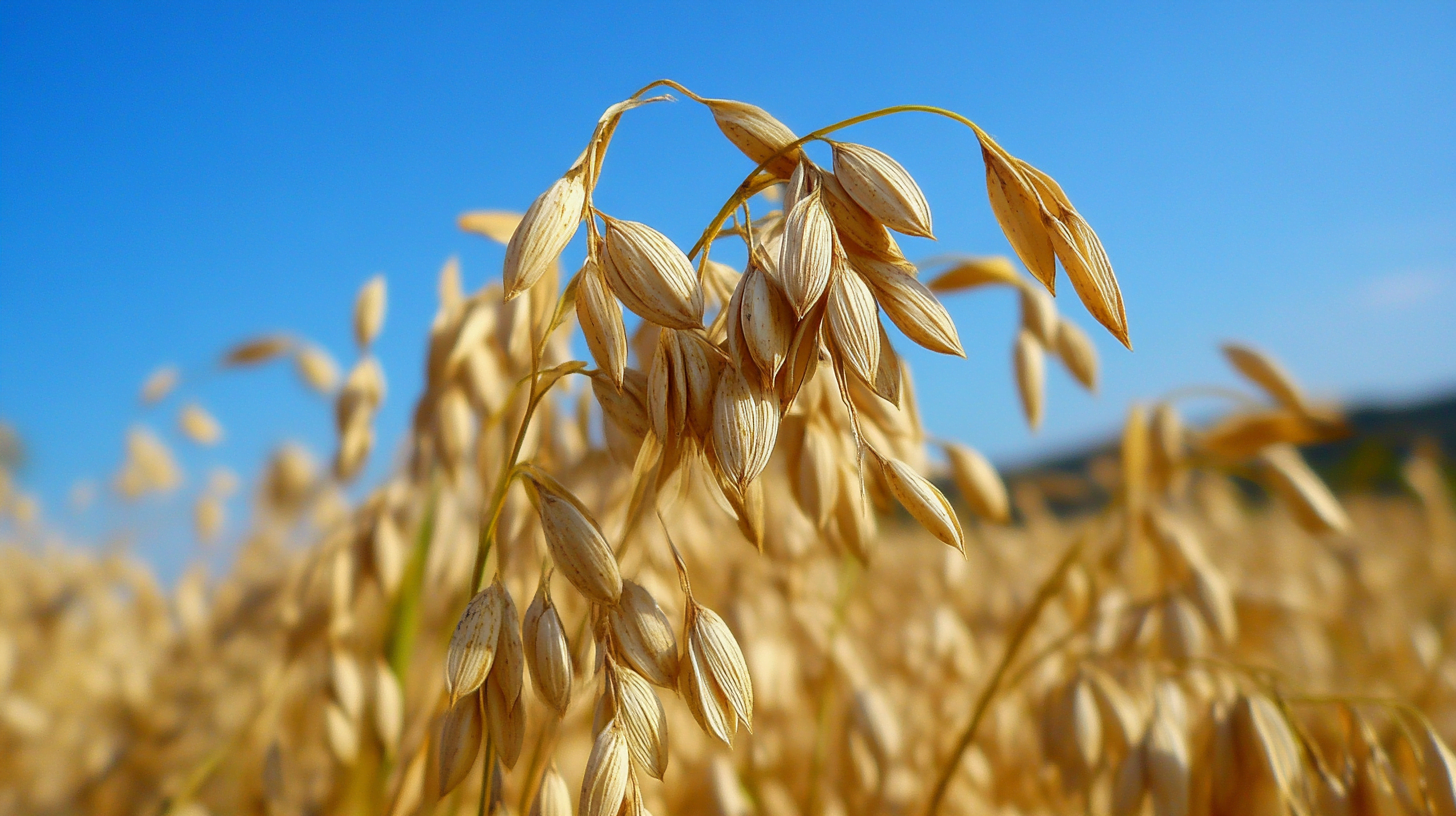Barley is one of the most widely cultivated and utilized cereal grains worldwide. From livestock feed to beer brewing to nutritious foods, barley has been a staple crop since the dawn of agriculture. Today, over 100 countries produce barley, but a few nations stand out for their massive barley output. So which country produces the most barley?
With annual production exceeding 17 million tonnes grown across nearly 8 million hectares of farmland, Russia is the world’s leading barley producer. In fact, Russia accounts for 15% of total global barley production. The country has seen steady growth in barley agriculture since 2000 to become the top barley powerhouse due to favorable climate, government subsidies, and investment in advanced farming techniques.
In this comprehensive guide, we explore the top barley producing nations and the factors enabling such prodigious barley crop yields. We also cover the importance of barley as animal feed, for brewing beer and spirits, and as a nutritious grain for human consumption in cultures worldwide.
Overview of Barley Production and Use
Barley is one of the most ancient and versatile cereal grains, first domesticated over 10,000 years ago in the Fertile Crescent region of the Middle East. This hardy and adaptable crop was among the founder crops of agriculture that facilitated the rise of early civilizations, as barley became a staple food source and livestock fodder crop across early settlements in Asia, Europe, and North Africa.
Today, barley remains an essential crop grown primarily for animal feed, malting for beer and spirits, and human consumption. Some key facts about barley production worldwide:
- It provides energy from complex carbohydrates, protein, fiber, vitamins, and minerals. A half-cup serving of cooked barley contains 3 grams of fiber and 3 grams of protein.
- Barley is used to produce malt, which is integral in beer and whiskey production. The starch in barley is converted to fermentable sugars during the malting process.
- It serves as a highly nutritious animal fodder, especially for ruminants like cattle, goats, and sheep. Barley provides energy and protein as well as vital minerals for bone health like calcium and phosphorus. It is also fed to pigs, poultry, and horses in mixed feeds.
- Barley flour is used to make breads, soups, stews, and porridges, expanding its culinary uses for humans beyond just malting and animal feed. Barley adds texture and nutrition to baked goods.
- It is cultivated in over 100 countries globally, on about 570,000 square kilometres of farmland. The top producers include Russia, Germany, France, Australia, Canada, Ukraine, Turkey, the United States, and Spain.
With its multitude of uses for feed, food, and industrial production, barley remains a top cereal crop meeting demands of the agriculture, malting and brewing, and food industries worldwide. Global barley production hit nearly 150 million tonnes in 2020.

Leading Barley Producing Countries
The top barley producing nations represent major agricultural centres in Europe, Asia, North America, and Australia where climate and geography favour barley cultivation. Below are the major global barley producers based on tonnes produced annually and hectares harvested:
| Country | Tonnes Produced | Hectares Harvested |
|---|---|---|
| Russia | 17 million | 8 million |
| Germany | 11 million | 1.5 million |
| France | 10 million | 1.7 million |
| Australia | 10 million | 4 million |
| Canada | 9 million | 3.5 million |
| Ukraine | 8 million | 2.5 million |
| Turkey | 7 million | 3 million |
| United States | 5 million | 1.2 million |
| Spain | 4 million | 900,000 |
Here is more on the leading barley producers worldwide:
- Russia – As the world’s largest barley producer, Russia averages 17 million tonnes grown on 8 million hectares. The long sunny summer days and fertile black soil (chernozem) of southern Russia allows optimal barley growth and maturation. The Krasnodar region is vital for grain production.
- Germany – A major barley producer in the European Union, Germany harvests about 11 million tonnes annually. The fertile northern plains provide ideal growing conditions for barley, which thrives better than wheat in the cool, damp climate. High-tech infrastructure with modern equipment and farming methods drive barley productivity.
- France – France produces 10 million tonnes of barley each year, making it the third largest producer globally. Significant barley crops are grown across northern and central regions where mild summers and adequate rainfall suit barley agriculture. Government subsidies and payments under the EU Common Agricultural Policy also bolster barley production and exports.
- Australia – With about 10 million tonnes produced, Australia is a vital barley exporter, shipping over 60% of its harvest overseas. Hot, dry growing regions in Western Australia are ideal for barley production. Relatively low land and labor costs also give Australia a competitive advantage for barley exports.
- Canada – Grown across the prairie provinces, barley is well suited as a cereal crop in Canada’s short growing season. Nearly 9 million tonnes are produced annually on 3.5 million hectares of land. Alberta, Saskatchewan, and Manitoba comprise the barley belt.
- Ukraine – With fertile black soil (chernozem) ideal for cereals, Ukraine produces 8 million tonnes of barley each year. Most production comes from the steppe region stretching across southern and central Ukraine.
- Turkey – Grain agriculture and livestock farming are integral in Turkey, generating 7 million tonnes of barley annually on 3 million hectares of cropland. The central Anatolian plateau has hot, dry summers ideal for barley production.
- United States – America produces about 5 million tonnes of barley each year, with North Dakota, Idaho, Montana and Wyoming being top producers. Barley thrives in the northern Great Plains but accounts for just 1-2% of total US grain production.
- Spain – Large barley crops in Castile and Aragon make Spain a major EU producer at 4 million tonnes per year. Low rainfall in central/northern Spain suits barley better than other grains. Government subsidies also encourage barley farming.

The Top Barley Producing Country
With annual production of 17 million tonnes grown across nearly 8 million hectares, Russia is undisputedly the world’s top barley producer. This prodigious output is equivalent to 15% of total global barley production. Since the turn of the century, Russia has seen a steady rise in barley production and exports to become the dominant force in the global barley market.
Several key factors have enabled Russia to become the leading barley powerhouse:
- Favorable climate – The long summer days and fertile black soil in Russia’s southern regions allows barley to thrive. Krasnodar Krai in particular has a hot climate ideal for barley, with temperatures reaching 40°C during summer.
- Government agriculture policies – To bolster domestic feed grain production rather than rely on imports, Russia has provided subsidies, low-interest loans, and funding for equipment upgrades. Minimum grain prices have also been instituted.
- Investment in agriculture – Since 2000, increased public and private investment to modernize equipment and farming methods has improved productivity. Use of advanced seed varieties, fertilizers, crop protection and irrigation has increased barley yields.
- Devalued ruble – The weakened Russian currency since 2014 makes Russian barley more competitive and attractive on the global export market. It has driven an expansion of barley production for export revenues.
With its extensive arable land, government support for domestic grain production, modernized agriculture, and devalued currency, Russia is poised to maintain its dominance as the top global barley producer for years to come.
Barley Production Challenges and Innovations
Despite barley’s hardiness as a cereal grain crop, yields can be hampered by various agronomic and environmental factors:
- Pests – Aphids, spider mites, stem borers, and beetles can infest and damage barley plants, reducing yields. Aphids in particular can spread destructive viruses.
- Diseases – Fungal pathogens like powdery mildew, leaf rust, scald, and blight can proliferate in crops, severely affecting output. Diseases reduce photosynthesis and nutrient absorption.
- Weeds – Competitive and invasive weeds like wild oats, ryegrass, and thistles can crowd out barley plants and suppress yields. They compete for water, space, light and soil nutrients.
- Adverse weather – Excess heat, drought, waterlogging, hail damage, frost, and winterkill can diminish yields and grain quality. Barley is also vulnerable to lodging or flattening of stems by wind and rain.
To maximize productivity, barley farmers around the world rely on various strategies:
- Pesticides – Herbicides, fungicides, and insecticides help control weeds, fungi, and pests. However, overuse can be hazardous and breed resistance.
- Crop rotation – Rotating barley with other cereal crops or legumes avoids buildup of pathogens and pests in the soil.
- Irrigation – Provides sufficient water especially during flowering and grain fill stages when barley is vulnerable to drought stress.
- Improved varieties – New hybrids and GMO cultivars offer traits like lodging resistance, drought tolerance, or immunity to prevalent barley diseases.
- Fertilization – Applying organic manure or synthetic nitrogen, phosphorus, potassium fertilizers replenishes soils to optimize growth and yields.
Advanced farming technology also boosts barley productivity through:
- GPS and GIS – Precision guidance systems allow efficient field coverage with minimal overlap during planting, spraying, and harvesting.
- Satellite imagery – Monitoring crop health and development helps farmers respond quickly to signs of drought stress or disease.
- Soil analysis – Testing soil composition allows targeted application of nutrients, lime, gypsum to correct deficiencies.
- Weather forecasting – Predictive data guides timing of planting, irrigation, and fertilizer inputs for ideal crop conditions.
- Automated equipment – Using drones, robots, and AI for surveying and data-based decision making improves efficiency.
With a dual focus on advanced agronomic practices as well as emerging technologies, barley producers can overcome challenges and continue boosting yields to meet rising demands.
Uses for Barley Around the World
The common cereal crop barley lends its nutrition, flavor, and versatility to a diverse range of food and beverage items across cultures:
- Animal Feed – The predominant use of barley worldwide is as livestock fodder and feed grain. About 60% of barley produced globally goes towards feeding animals, especially cattle, dairy cows, pigs, chickens and horses. It provides energy, protein, minerals, and fiber.
- Malting for Alcohol Production – Up to 40% of the barley crop is malted for brewing beer, distilling whiskey, vodka and other alcoholic beverages. Barley produces the enzymes needed to convert its starch to fermentable sugars.
- Human Food – Whole grain barley, grits, and flour are used to make bread, soups, stews, porridge and other dishes in Russia, the EU, North America, North Africa, Korea, and Japan. Barley adds nutrition and texture.
- Pearl Barley – The inner kernels polished to remove the bran, popular in pilafs, salads, stews and porridge in the Middle East, India, China and Nepal. The pearling process helps reduce cooking time.
- Barley Tea – Roasted, toasted barley grain steeped in water makes a popular East Asian drink called boricha (Korea), mugicha (Japan) or maicha (China). It is caffeine-free and consumed cold or hot.
- Beer Production – Malted barley provides the sugars, color, flavors and mouthfeel essential to crafting beers worldwide, from pilsners to porters, stouts and Belgium ales.
- Whiskey Distilling – Malted barley dried over a peat fire provides the smoky undertones to Scotch whisky. American bourbons use a higher corn ratio but barley malt remains key.
- Vinegar – Barley malt vinegar popular in the UK contains gluten unlike vinegar made from grapes, rice or apples. It has a rich, complex flavor.
From nutritious gruel to noble hops-infused brews, barley underpins manyregional specialties that sustain our bodies and delight our palates.

Future Outlook for Barley Production
As a hardy cereal grain, barley looks poised for continued importance in future agricultural production, especially as climate change affects more delicate crops:
- Rising world population – More mouths to feed will drive demand for staple crops like barley as both human food and animal feed.
- Biofuel production – Barley grain and straw may be viable sources for ethanol and butanol biofuels, providing renewable energy.
- Climate resilience – Compared to other cereals, barley is relatively drought, salt and heat tolerant, lending climate resilience.
- Health conscious consumers – Trends favoring whole grain foods and craft beers will boost barley consumption.
However, challenges exist:
- Extreme weather – Despite climate resilience, heatwaves, droughts or deluges can still jeopardize harvests.
- Competition for land – Urbanization and switching to more profitable crops may shrink barley acreage.
- Pest and disease outbreaks – New virulent pathogens could overcome resistant varieties.
- Nutrition transitions – Declining demand for cereals as incomes rise and diets modernize, especially in Asia.
Research into higher yield varieties, improved agronomy and farming technology will bolster productivity and keep barley supplies ample. But unpredictable weather patterns may yield volatility in the future. Nations endowed with ideal barley growing regions like Russia, Australia and Canada will remain vital to global barley security.
Conclusion
With its long history as a founder crop of human agriculture, barley remains an essential cereal grain feeding the world as food, feed and an industrial crop. With production exceeding 17 million tonnes annually, Russia is the reigning top barley producer thanks to its fertile growing regions, government investment in agriculture, and exportable surplus. Looking ahead, barley production worldwide faces both opportunities in rising demand and risks from climate change impacts which research and technology innovations hope to mitigate. Russia is likely to defend its barley dominance unless climate shifts open new ideal regions for this hardy, versatile grain that has sustained civilizations for millennia.



